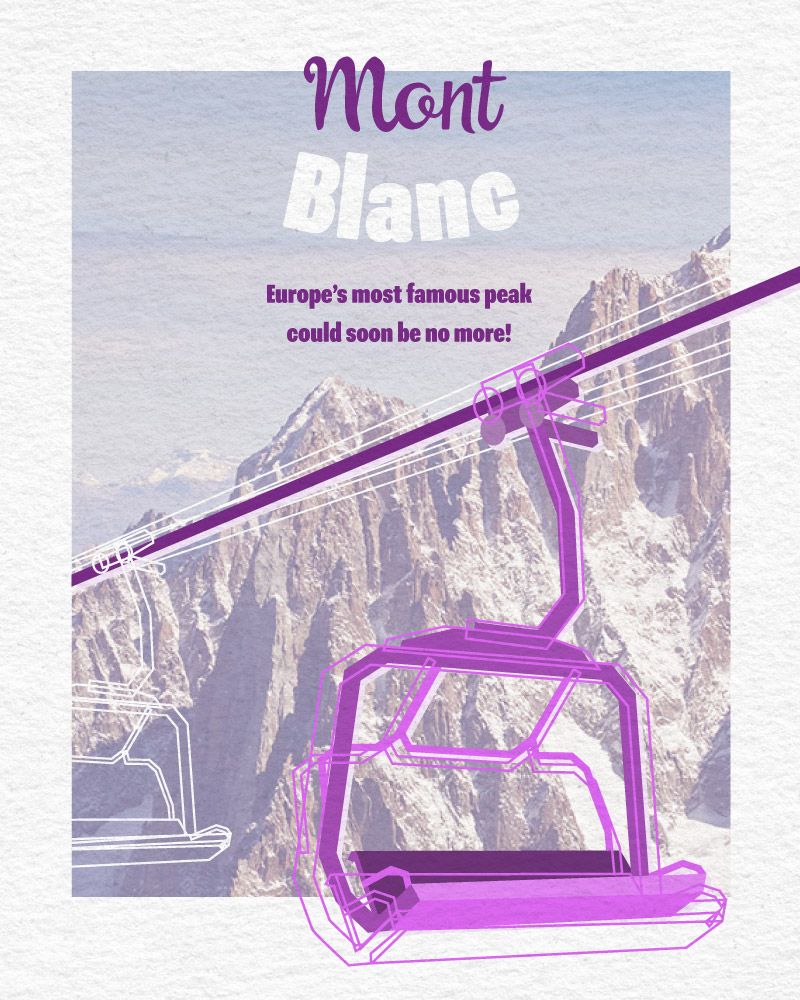Here’s a dilemma many travelers face: go visit a place that they know will probably disappear in a few years or, knowing tourism is always a big part of the problem, stay away and come to terms with the fact that they’ll never see it in person? The answer, of course, is option #2 — after all, the world is full of amazing places we can visit without contributing to their disappearance. Let’s leave those other endangered places alone and maybe they’ll be able to heal.
These travel posters by Citybase Apartments show these almost extinct places and the reason why they’re dying.







